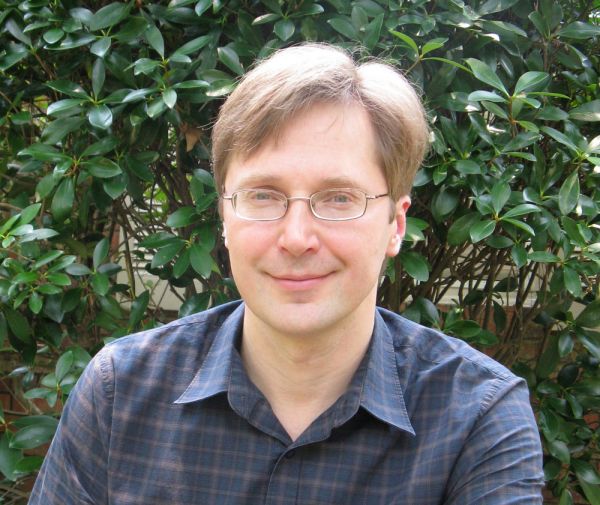
A Florida State University chemistry professor has described an unusual phenomenon in which the energy of an electron is spontaneously increased in the course of a chemical reaction.
The process is reported in the journal Angewandte Chemie.
FSU Professor of Chemistry and Biochemistry Igor Alabugin and his team call this chemical phenomenon “electron upconversion.” In this process, the energy produced by a chemical reaction transforms a low energy, unreactive electron into a higher energy, much more reactive electron.
Electron upconversion could be an important tool for chemists because it opens a convenient way to use an electron as a catalyst to jumpstart chemical reactions.
“Chemical reactions transform molecules of one kind into molecules of another kind,” Alabugin said. “Valuable chemical reactions convert cheap and abundant starting materials (reactants) into more valuable products. Life in the universe and civilization on our planet depend on this simple fact. Everything around us was formed via chemical reactions. These reactions sustain our existence and fuel our progress. Our life and death are the consequences of chemical reactions.”
As a researcher, Alabugin works to understand chemical reactions at a fundamental level and finds ways to make them more efficient.
Electron transfer is intimately involved in all chemical reactions, but reactions can be difficult to control, he noted. Finding the direct path from one reactant molecule to a product molecule can be nearly impossible.
That’s why scientists use catalysts.
A catalyst takes a molecule through a catalytic cycle, basically a chemical assembly line. A reactant enters the cycle and binds to the catalyst and then is transformed into a product. In the final step, the catalyst detaches from the product molecule, leaving it free to bind to another reactant and continue the cycle.
Electron upconversion allows the use of an electron, a tiny elementary particle, as a catalyst that remains active after many catalytic cycles. In the process, a high-energy electron is reinjected from the product into another reactant molecule, repeating the desired chemical reaction.
“This roving catalytic electron is like a hot potato that is tossed between molecules — it is kept hot or reactive by the upconverting processes as it triggers the transformation of reactant to product,” Alabugin said. “Because it is a self-heating potato that does not go cold, this process can, in principle, proceed until all molecules of reactant are converted into the product.”
This work was funded by the National Science Foundation.
Other authors on the study are FSU graduate student Febin Kuriakose, as well as Mikhail Syroeshkin, Evgeniya Saverina, Vladislava Timofeeva and Mikhail Egorov from the N.D. Zelinsky Institute of Organic Chemistry in Moscow.




